We certainly know for sure Vikings were fierce warriors and ruthless conquerors who would even fight among themselves under the banner of the same god (Odin), but to what extent do we know about their history in close detail? All the information we have about these Nordic peoples comes from Christian sources (historian Saxo Grammaticus is one of these sources for instance) so the picture which has been given of these Pagan folks has obviously been quite unsavoury, and certainly biased in many cases to say the least. This is unfortunately the case with many other heathen peoples throughout history.
This said, maybe one should take artistic depictions of certain mementos in history with a pinch of salt. All in all historical inaccuracies are common practice by artists, in part due to lack of proper information on the subject, in part because people tend to extrapolate things from the perspective of the times they live in (something that personally irks me) or because sometimes things need to be dramatized and exaggerated a little for the sake of artistic effect… whatever the case might be. In spite of all this the late Angus McBride had a very keen eye for realistic detail and, even if he based his personal research most likely on official sources, the results were pretty accomplished. This illustration of a 5th Century Visigoth should suffice as an example.
Regarding historical events, particularly related to the Middle Ages, it is becoming increasingly obvious that since ‘we know a lot that we don’t know’ re-investigating the past has become highly justifiable at this day and age of information and technology, so much so that it has almost become a duty for our generation. One example of this distortion of history could be the confusion (misinformation) which over the years has been generated about the ‘Tartars’. The short article published by The Barnes Review entitled Who Were the Tartars? gives us a revelatory overview of how things historically-wise might have been distorted for the sake of some agenda. Funny enough the article is written by Matthew Raphael Johnson, a well-known Orthodox Christian and radio host.
In the same line of thought we could mention those Germanic tribes who spread all over the ancient Mediterranean area, roughly about the time when the Roman Empire was in total decadence. The following quote makes one think; were the Vandals that ‘vandalic’ after all?
There is no virtue in which we Romans surpass the Vandals. We despise them as heretics, and yet they surpass us in fear of God. God puts them over us in order to punish the most indecent folks with the most chaste… where Goths rule, nobody is indecent, aside from the Romans, where Vandals rule, even the Romans have become chaste… be ashamed of yourselves, Roman folks [Römische Völker], be ashamed of your life! Almost no city free of districts of prostitution, none free of sordidness aside from those where the barbarians settle.” – Quote by 5th Century Roman Presbyterian monk Salvianus, taken from ‘Germanic Spirit in the Mediterranean’ (page 43) published by Third Reich Books.
Angus McBride is again one of these artists one will find difficult to find information about over the net, save for the proverbial Wikipedia entry and a very few scattered articles written by some obscure dedicated connoisseurs. McBride was a pretty well-known artist who illustrated many military history books and fantasy role games which gathered a legion of loyal fans. Some of his works covered the Viking Age for the Osprey Men-at-Arms series of reference books. It is possible that Angus McBride, during his long artistic career, painted images of all civilizations of antiquity including that of the Khazars (believe it or not). I have only included here in the gallery the ones related to European cultures from the Middle Ages (particularly Nordic), of course focusing the attention on war events, which is what McBride seemed to excel in. Since McBride was a remarkably prolific artist it would have been obviously impossible for me to feature all of his work in just one article. In spite of this I have included plenty of images from his Lord of The Rings saga illustrations as well.
Angus McBride (1931-2007) was an English historical and fantasy illustrator. Born in London to Highland Scots parents, McBride was orphaned as a child when his mother died just when he was five, and his father in World War Two when he was twelve. He was educated at the Canterbury Cathedral Choir School. He served his National Service in the Royal Fusiliers, and afterward got a job as an advertising artist.
Due to Britain’s poor economic state immediately following World War II, McBride found it necessary to leave for South Africa. In Cape Town, he became a fairly well known and successful artist. However, he felt that he could not expand on his artistic plans in South Africa’s small publishing industry. Consequently, in 1961, McBride moved back to England.
He made his first works in educational magazines such as Finding Out and Look and Learn, World of Wonder and Bible Story. In 1975, he began to work with Osprey Publishing’s Men-at-Arms series, a work which he is pretty well-known for, but just before this McBride did a series of illustrations, cartoons and comic strips for Mayfair magazine. Just like in the case of his American contemporary Frank Frazetta these more ‘popularly-oriented’ illustrations were very sexually explicit and intended to be ‘humorous’ (whatever that meant in this particular case). I have avoided using any of this material for the gallery as I considered it a bit vulgar (not to say irrelevant for this article) but, if curious, people can find some of these works here.
As England’s economy again suffered in the 1970s, McBride moved with his family back to Cape Town, and continued to work with British and American publishers. He continued to do realistic, historical illustrations for Osprey Publishing as well as other such work for other military-history publishers like Concord Publications, etc. In fantasy circles, McBride was well-known for his illustrations for Iron Crown Enterprises’ game Middle-Earth Role Playing (MERP). Although a few of the artist’s works are oil-paintings, Angus McBride mostly preferred to work in gouache colours on illustration boards, making numerous detailed sketches of the composition before starting to paint.
Angus McBride died on May 15th, 2007.
Sources:
– Angus McBride From Wikipedia, the free encyclopedia. (Most biographical notes are taken verbatim from this source)
– Paintings by Angus McBride for Mayfair magazine (Friday, 3 June 2016) by Legatus’ Wargames Ladies.
– The Viking Art of Angus McBride (June 29, 2017) by Norse Fury.
– Angus McBride entry by Akratic Wizardry Blogspot.
– Who Were the Tartars? by Matthew Raphael Johnson (August 2016) published by The Barnes Review.
Warning: Some of these images might not be suitable for children. The title of each picture may not be the correct one but just a description of the image.
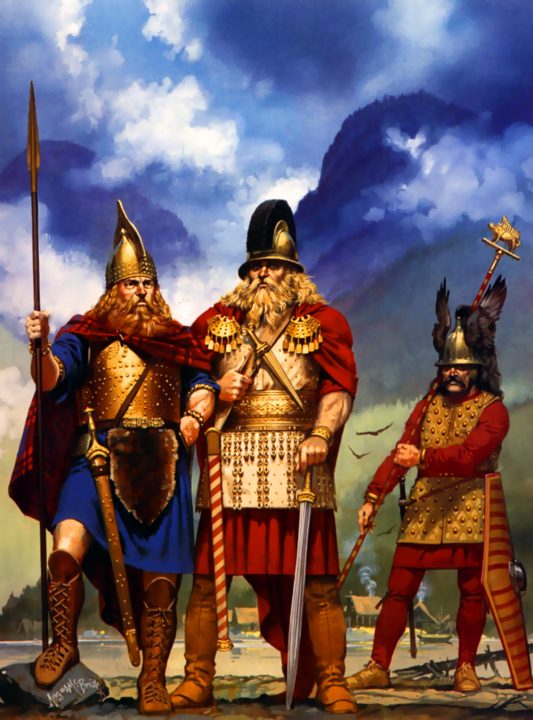


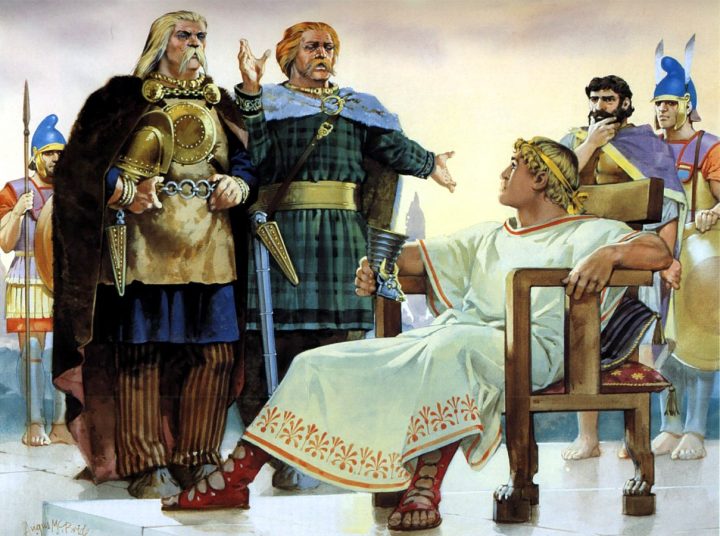






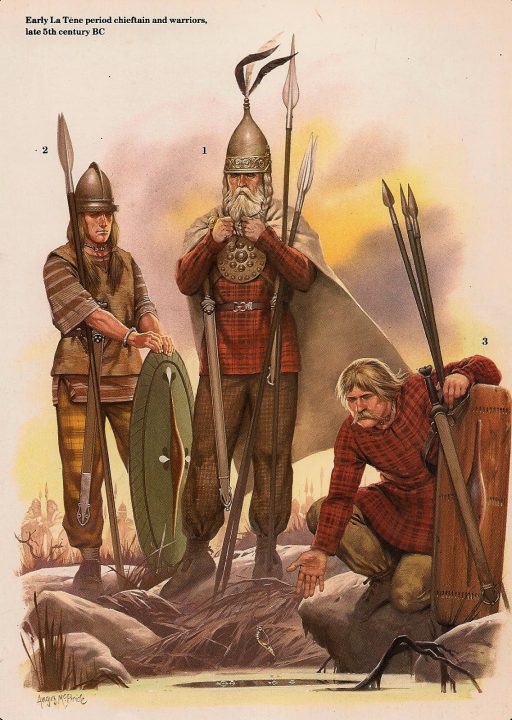
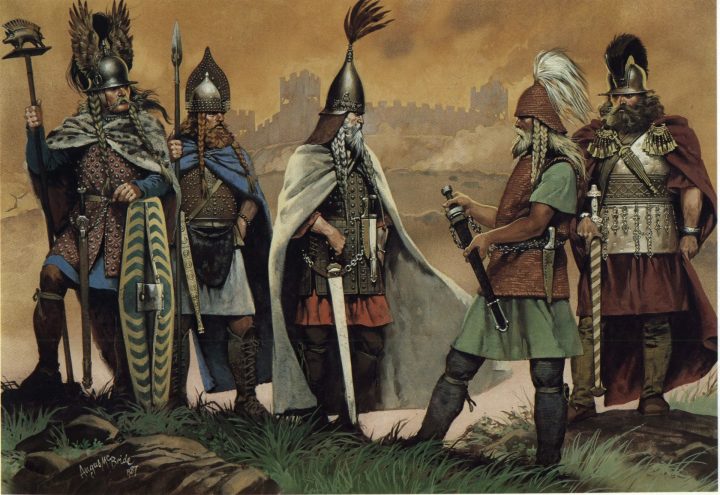
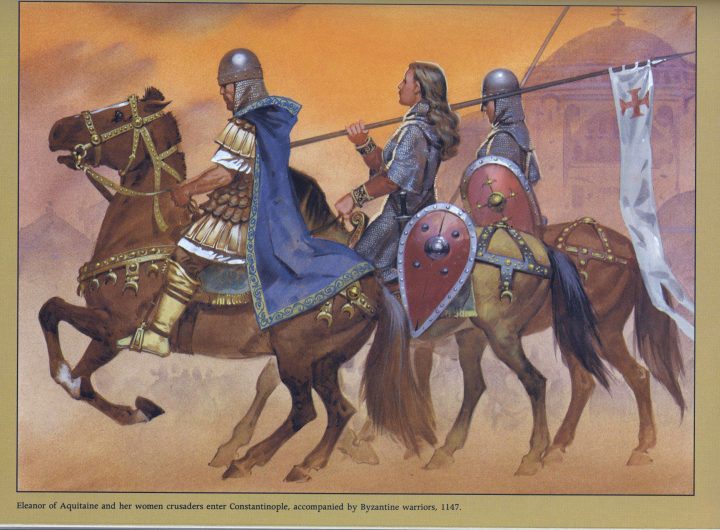




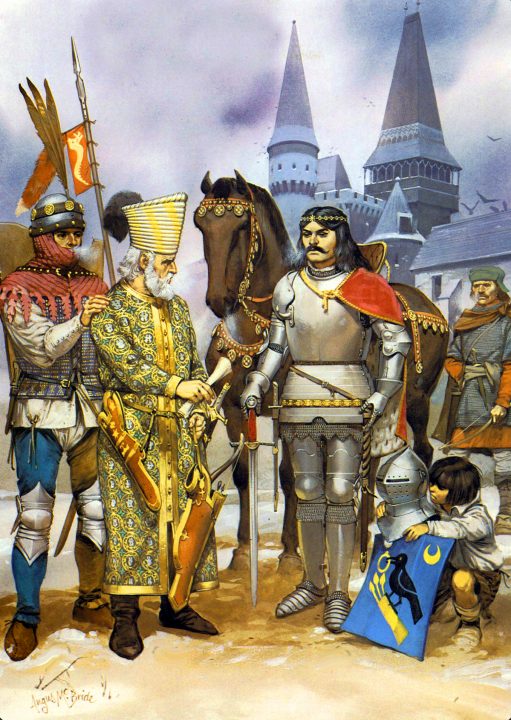





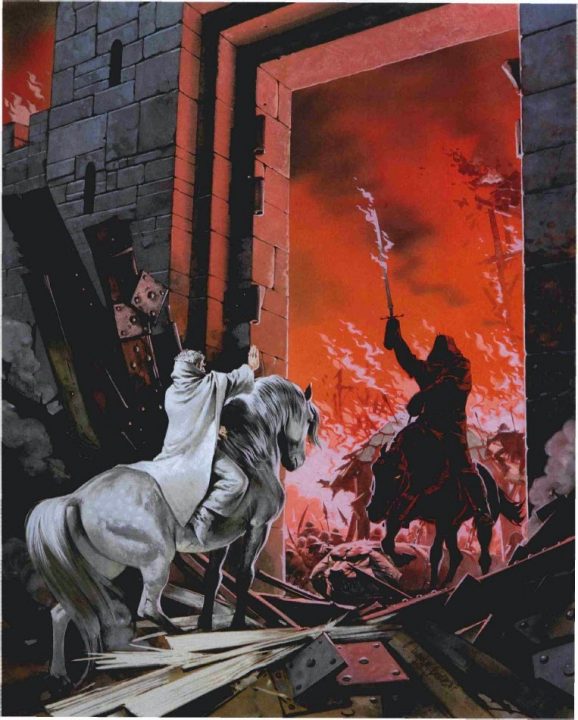




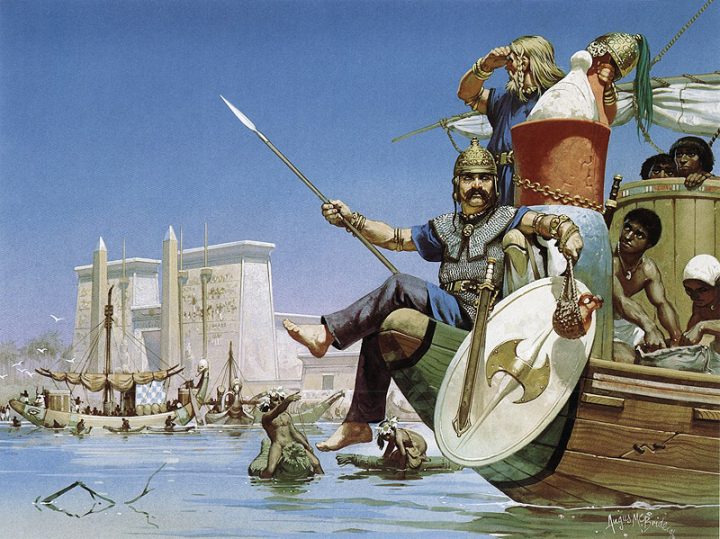

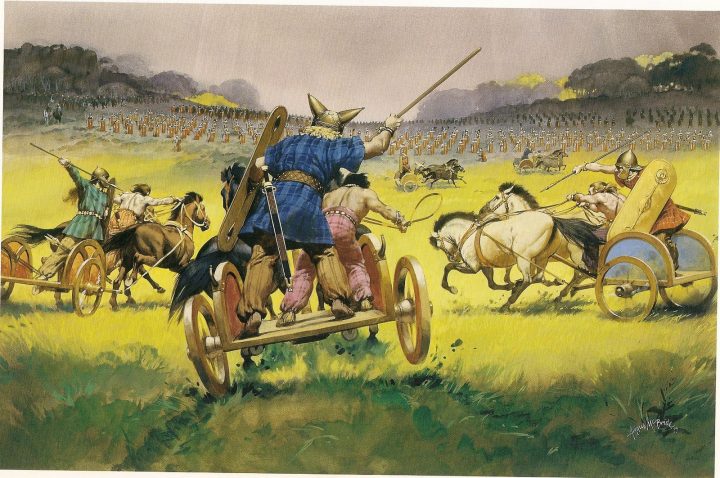

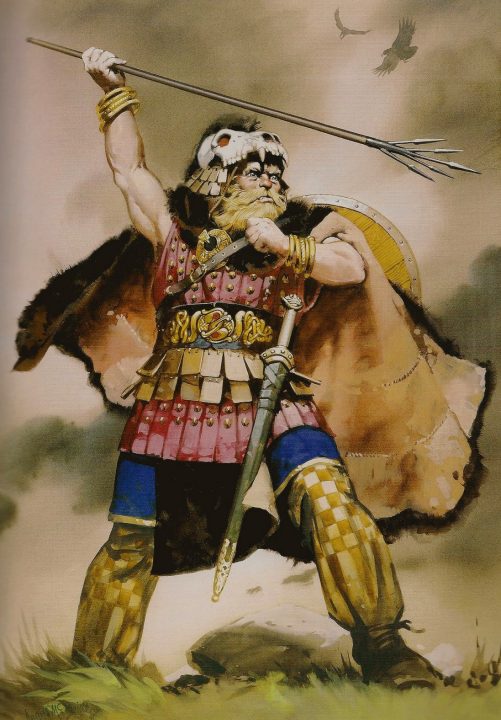
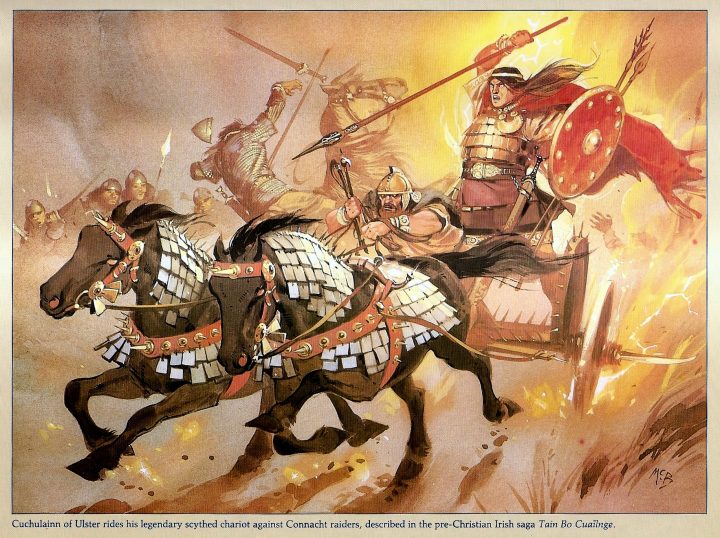





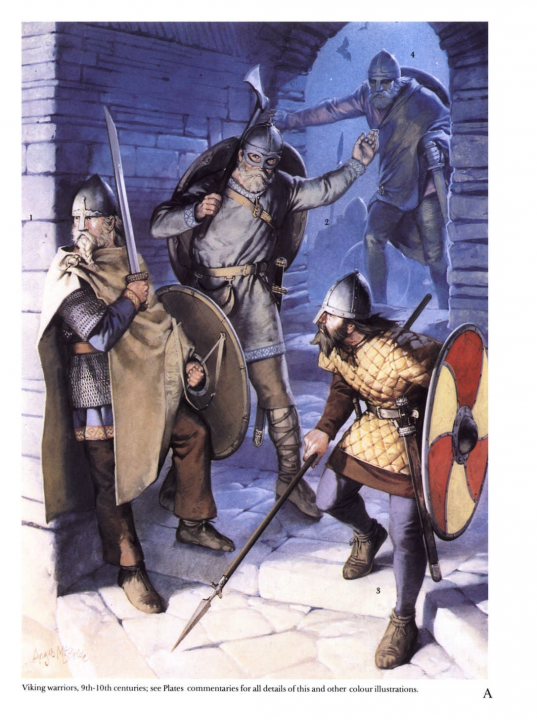





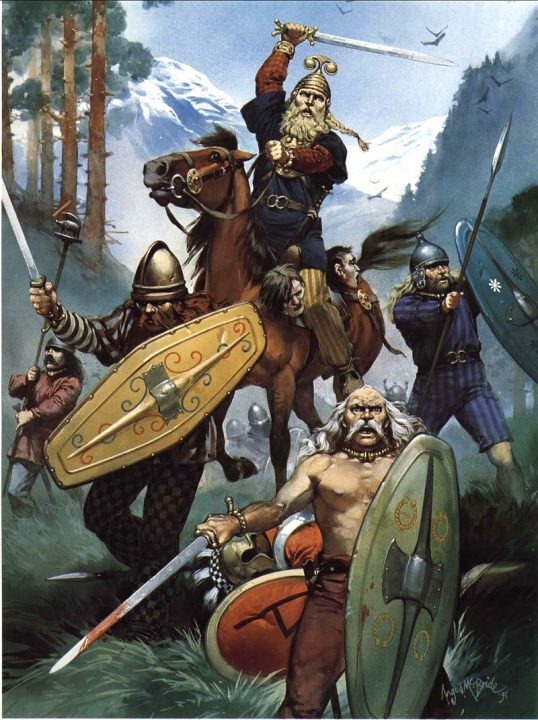






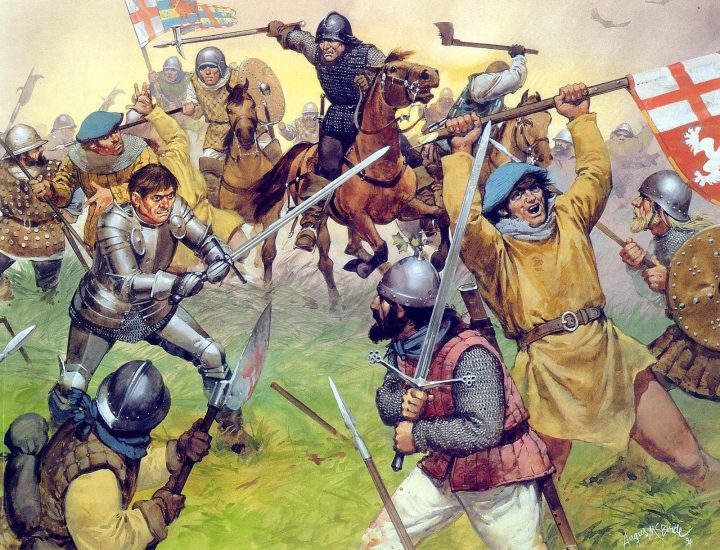














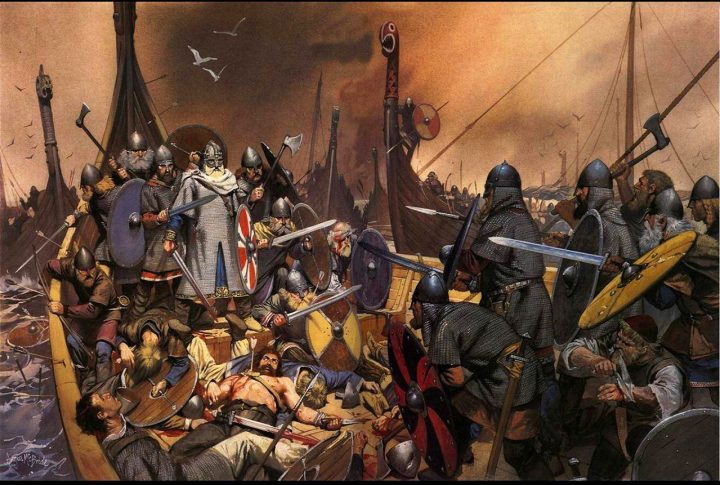







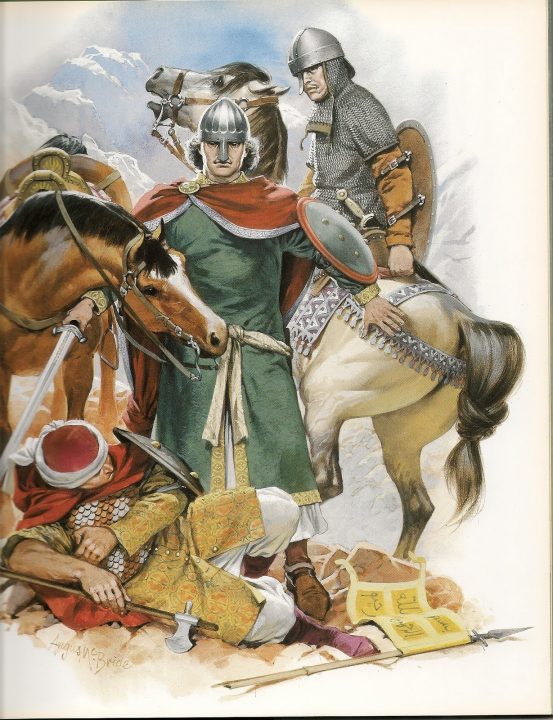



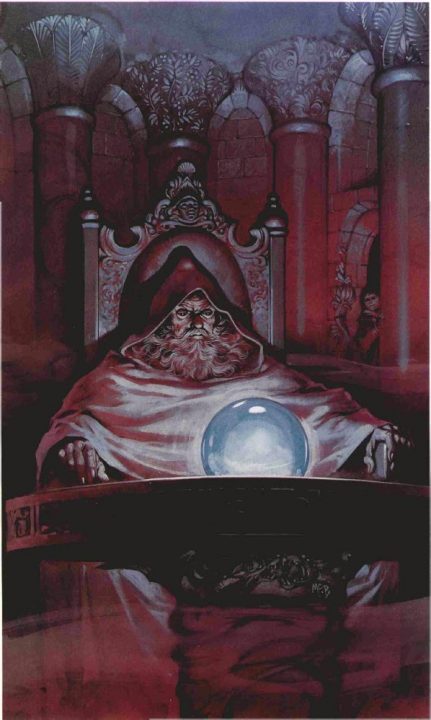

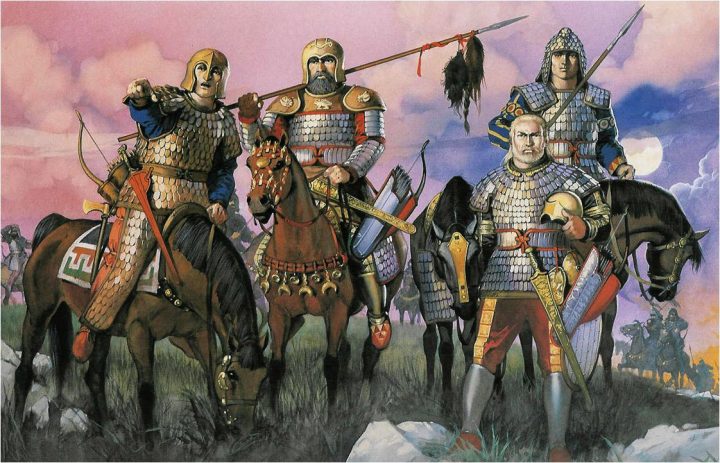






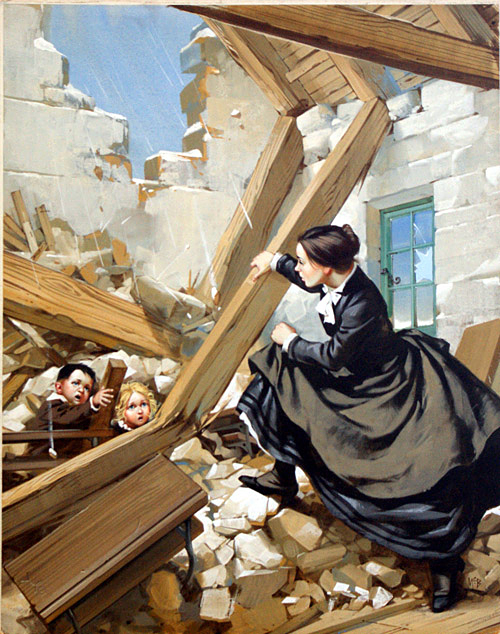

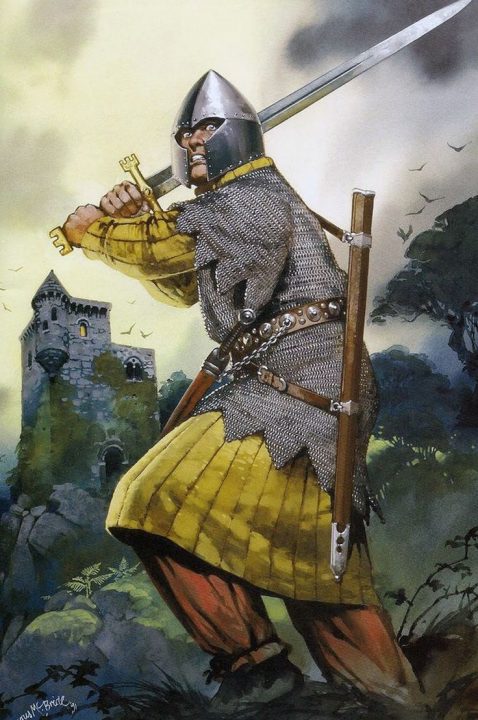






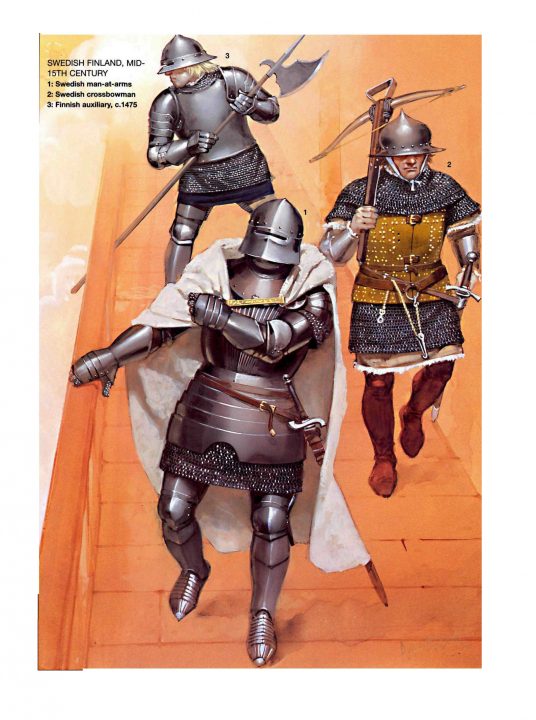






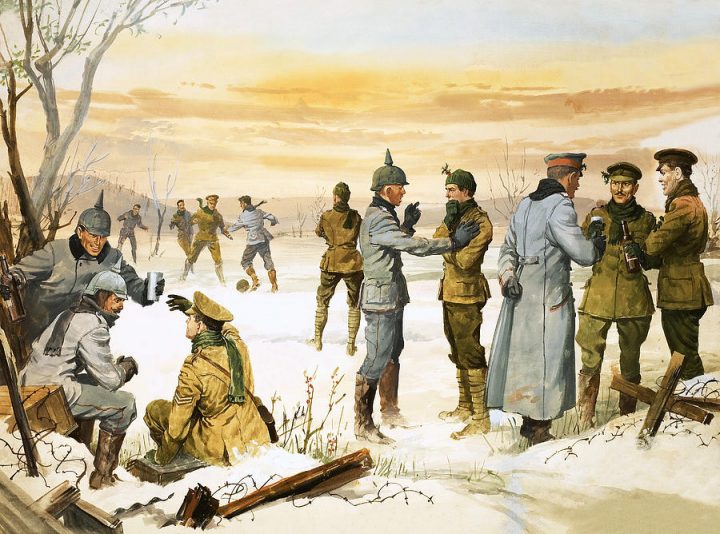






Source Article from http://www.renegadetribune.com/warlords-epic-heroes-art-angus-mcbride/
 RSS Feed
RSS Feed















 July 7th, 2017
July 7th, 2017  Awake Goy
Awake Goy 
 Posted in
Posted in  Tags:
Tags: 













